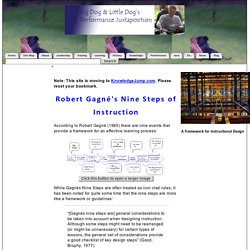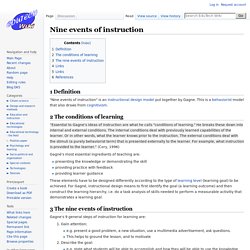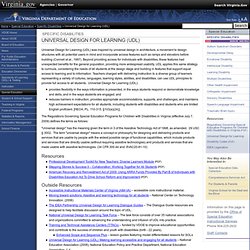

UDL Toolkits: Teaching Every Student. The Planning for All Learners (PAL) process builds upon two prerequisites: A basic understanding of Universal Design for Learning, andCommitment of participating educators to make the curriculum and learning accessible for all learners.

The PAL process begins with the formation of the PAL team, comprised of general education and special education teachers and other appropriate educational specialists at one grade level or with a content specific focus. The team meets regularly during the school year to focus on the foundation of instruction — the curriculum. Identification of a strong team facilitator, responsible for scheduling meetings and agenda, providing and/or facilitating "just in time" support, and actively promoting a growing PAL initiative, is essential to the success of the PAL team. The work of the PAL team must always be aligned with local district and school initiatives, and is guided by state and local curriculum standards.
TeachEvaluate lesson/unitRevise lesson/unit. Universal Design for Learning (UDL) Universal Design for Learning is a framework that provides educators with a structure to develop their instruction to meet the wide range of diversity among all learners.

UDL is a research-based framework that suggests that a one-size-fits-all approach to curricula is not effective. UDL was inspired by universal design in architecture, where design features intended for individuals with disabilities have had unexpected benefits for the general population (e.g. curb cut outs designed for wheelchair access have benefits for strollers, rolling luggage, skateboarders, etc.) Robert Gagné's Nine Steps of Instruction. According to Robert Gagné (1985) there are nine events that provide a framework for an effective learning process: While Gagnés Nine Steps are often treated as iron clad rules, it has been noted for quite some time that the nine steps are more like a framework or guidelines: “[Gagnés nine steps are] general considerations to be taken into account when designing instruction.

Although some steps might need to be rearranged (or might be unnecessary) for certain types of lessons, the general set of considerations provide a good checklist of key design steps” (Good, Brophy, 1977). The Nine Steps 1. Storytelling Demonstrations Presenting a problem to be solved Identifying why it is important to them Wick, Pollock, Jefferson, and Flanagan (2006) describe how the research also supports extending the interest device into the workplace in order to increase performance when the learners apply their new skills to the job. 2. 3. 4. 5. 6. In addition, demonstrate as required (modeling). 7. 8. 9.
Nine events of instruction. 1 Definition "Nine events of instruction" is an instructional design model put together by Gagne.

This is a behaviorist model that also draws from cognitivism. 2 The conditions of learning “Essential to Gagne's ideas of instruction are what he calls "conditions of learning. " He breaks these down into internal and external conditions. Gagné's most essential ingrediants of teaching are: presenting the knowledge or demonstrating the skillproviding practice with feedbackproviding learner guidance These elements have to be designed differently according to the type of learning level (learning goal) to be achieved. 3 The nine events of instruction Gagne's 9 general steps of instruction for learning are: “The way Gagne's theory is put into practice is as follows.
See also instructional curriculum map for planning at larger scale. 4 Links 5 Links Robert Gagne from my-ecoach.com. 6 References Aronson, Dennis T., & Leslie J.Briggs, (1983). Universal Design for Learning. Your browser does not support JavaScript!

This site uses JavaScript but is fully functional without it. Specific Disabilities Universal Design for Learning (UDL) was inspired by universal design in architecture, a movement to design structures with all potential users in mind and incorporate access features such as ramps and elevators before building (Connell et al., 1997). Beyond providing access for individuals with disabilities, these features had unexpected benefits for the general population, providing more widespread usability. UDL applies this same strategy to curricula, considering the needs of all students at the design stage and building in features that support equal access to learning and to information.
The Regulations Governing Special Education Programs for Children with Disabilities in Virginia (effective July 7, 2009) defines the terms as follows: "Universal design" has the meaning given the term in 3 of the Assistive Technology Act of 1998, as amended. 29 USC § 3002.